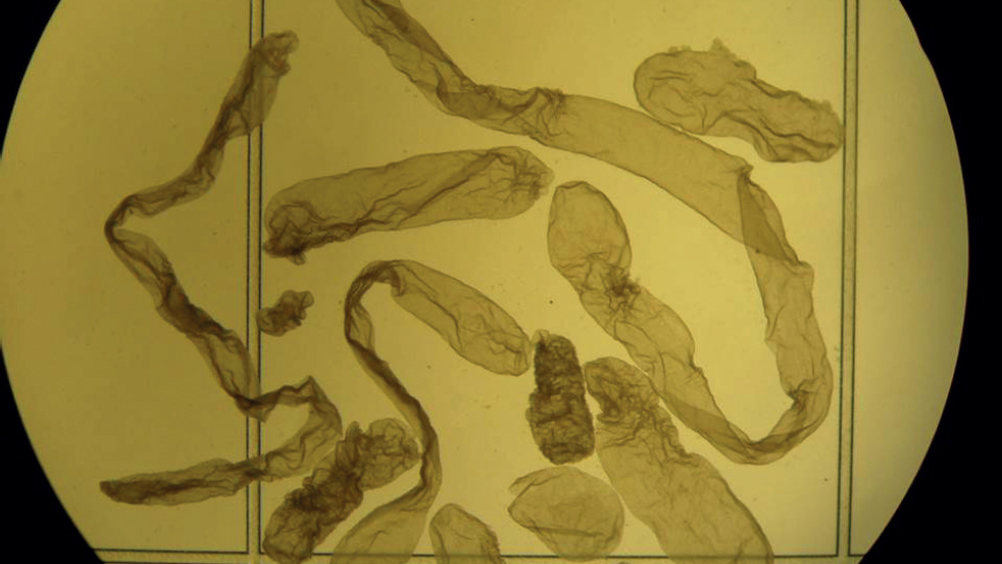References
The importance of progesterone in pregnancy establishment in cattle

Abstract
Progesterone (P4) plays a key role in reproductive events associated with the establishment and maintenance of pregnancy through its effects on oocyte quality and its action on the uterine endometrium. Reduced P4 concentrations during growth of the ovulatory follicle are associated with lower fertility, while low concentrations of circulating P4 after ovulation have been associated with a reduction in conceptus growth and elongation, a decrease in interferon-tau production and lower pregnancy rates in cattle. In contrast, elevated concentrations of circulating P4 in the immediate post-conception period have been associated with an advancement of conceptus elongation, an increase in interferon-tau production and, in some cases, higher pregnancy rates in cattle. Despite the potential beneficial effects of exogenous P4 supplementation on fertility, results of supplementation studies have been inconsistent. This article highlights some of the recent findings in relation to embryo maternal interaction during bovine pregnancy establishment and the role of P4 in in uterine biology and embryo development.
In dairy production, fertility is one of the main drivers of herd profitability through its impact on achieving greater production and maintaining short calving intervals. This is particularly true of seasonal systems with short, well-defined breeding periods where calving pattern (driven by submission rate and conception rate) is a key driver of profitability. Reproductive efficiency is also critical to the sustainability of suckler beef production. In systems where the calf is the only output (apart from cull cow sales), achieving a calf per cow per year is an important goal. However, reproductive efficiency in many beef cow herds is suboptimal. Despite the role that suckler beef production plays in many rural communities, its future sustainability is under threat, because of poor profitability in the sector and also from climate change, with recent calls to reduce the national herd significantly in an effort to curb greenhouse gas emissions.
Successful pregnancy establishment involves ovulation of a competent oocyte, fertilisation by a capacitated sperm and growth of the embryo in a reproductive tract environment conducive to normal development. Following fertilisation in the oviduct, the bovine embryo enters the uterus at about the 16-cell stage on approximately day 4 of pregnancy. By day 7, the embryo has formed a blastocyst consisting of an inner cell mass, which, after further differentiation, gives rise to the embryo/fetus, and the trophectoderm, which ultimately forms the placenta. After hatching from the zona pellucida on day 9 to 10, the spherical blastocyst undergoes a change in morphology from a spherical to ovoid shape during a transitory phase preceding the elongation or outgrowth of the trophectoderm to a filamentous form that usually begins between day 12 and 14. Around this time, the trophectoderm cells of the conceptus begin to secrete significant amounts of interferon-tau, the pregnancy recognition factor in cattle, which ultimately block the uterine luteolytic mechanism to ensure maintenance of a functional corpus luteum for the production of progesterone (P4). This is a critical period of development as most embryonic loss occurs during this window (Wiltbank et al, 2016; Berg et al, 2022).
Register now to continue reading
Thank you for visiting UK-VET Companion Animal and reading some of our peer-reviewed content for veterinary professionals. To continue reading this article, please register today.

